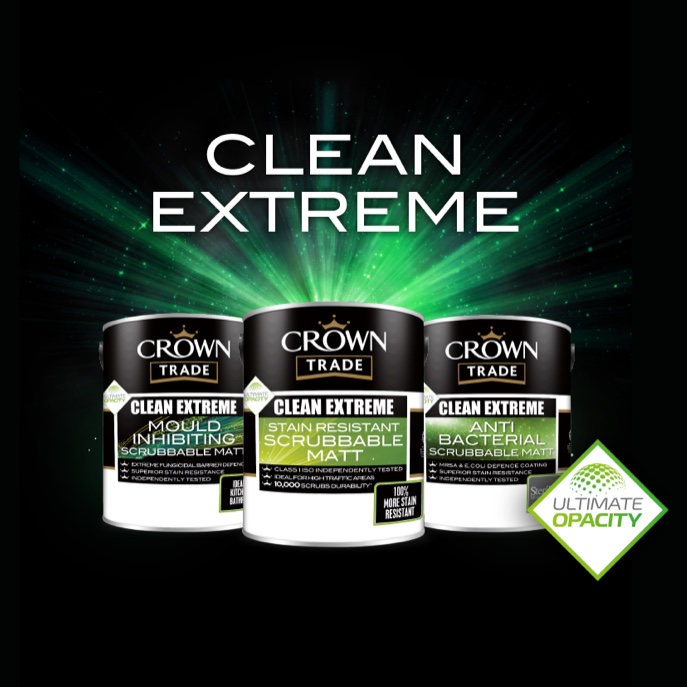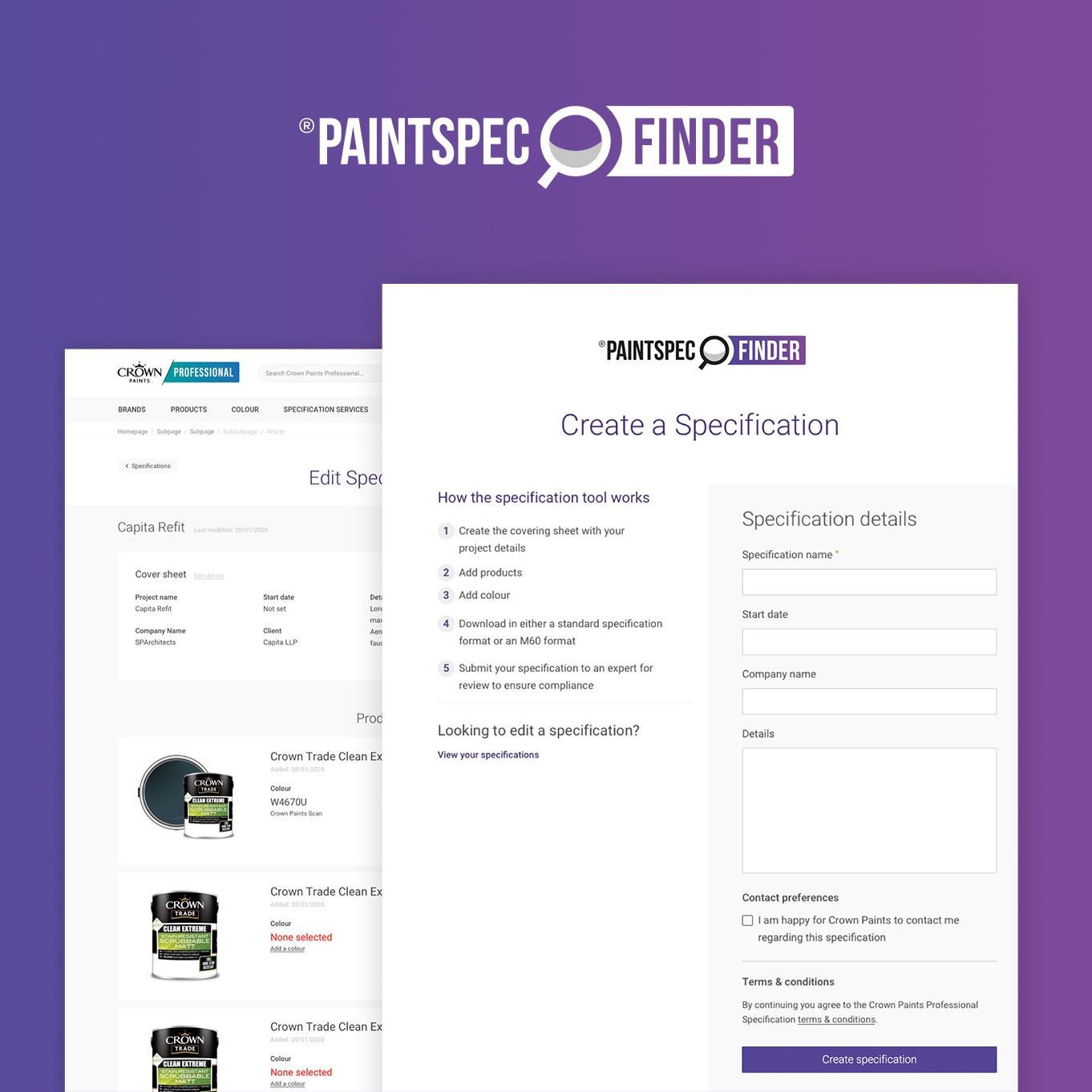Published January 2021
If you have an eye for colour, then choosing a colour palette for an interior comes naturally. For many others though, an understanding of some colour basics and the colour wheel can help to create aesthetically pleasing colour schemes.
Colour Scheming
A colour scheme is never just about the paint colour. Elements like floor finishes, furniture and soft furnishings matter too. Which is why collating samples of fabrics and finishes can help to build up a picture and ensure a cohesive scheme is achieved.
It’s always advisable to have physical samples to determine any actual colours, as simply looking at colour and fabrics on screen can be deceptive. If you choose a strong colour chosen for the carpet or furniture, for example, it will influence colour choice in other finishes. A red carpet will require a different treatment to a black or grey carpet.
Seeking inspiration?
If so, it’s good to know there’s a simple process you can follow to create more satisfying colour schemes. After all, some of the most pleasing colour schemes follow no rule or reason. They defy logic yet create outstanding results.
SCAN codes – our unique colour system
Colour names may offer emotional descriptions for a colour, but they can also be easily misinterpreted. That’s why each of our colours is assigned with a scientifically measured six-digit SCAN code.
Understanding the SCAN code is useful. Firstly, because it identifies the Light Reflectance Value, which is required to create tonal contrast. And secondly, because it tells us what colour family any neutral colour belongs to.
From the SCAN code we are then able to understand the characteristics of a colour and so, plot it in 3-dimensional space.
It also allows us to define a colour by three characteristics:
Hue
The first two digits in the scan code relate to the hue, which describes the colour. The circumference of the sphere shows the hue, a gradual colour progression from yellow to orange to red etc. The hue is divided into 24 segments each represented by a letter of the alphabet (excluding I and O). Each segment is broken down further and given a numerical value from 1-9.
Lightness
The light reflectance value (LRV). The middle two digits in the SCAN code denote the lightness value. It is shown through the core of the sphere with light tones at the top and dark shades at the bottom.
The light reflectance value is the amount of light a colour reflects. 00 being the darkest and 99 the lightest. If a colour reflects a lot of light it is regarded as a light colour and will have a high LRV, usually around 70 -90. A low LRV such as 06 reflects only 6% of light and is therefore considered a dark colour.
Saturation
The last two digits in the Scan code refer to the saturation. Saturation is the chromacity of a colour or in other words, how vivid or neutral a colour is. 0A is a grey with no colour pigment whilst 5Z the brightest most vivid shade. The saturation value transitions are in steps of 0A to 0Z and then 1A-1Z. The brightest colours are on the perimeter of the sphere and the most neutral at the core.
Using the SCAN code can help us visualise a colour. From understanding the SCAN code we can disseminate a colour; we can understand which colour family it belongs to, how light or how dark it is and how much colour pigment there is within it.
Colour Advice
In every living area, workspace or commercial hub, colour is something you can’t do without. Get expert advice on utilising colour to its full potential to create the perfect environment.






